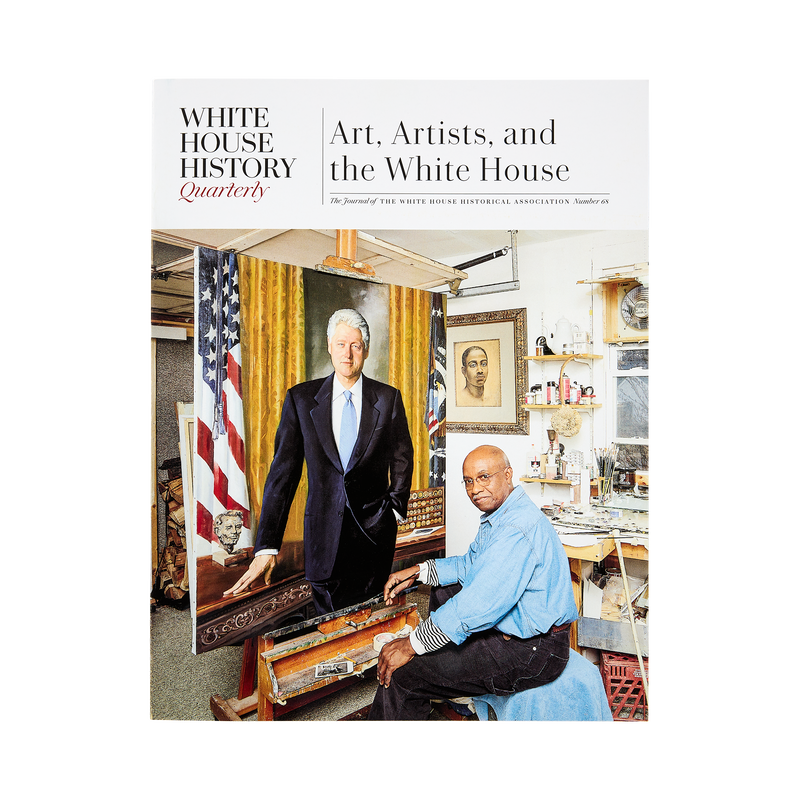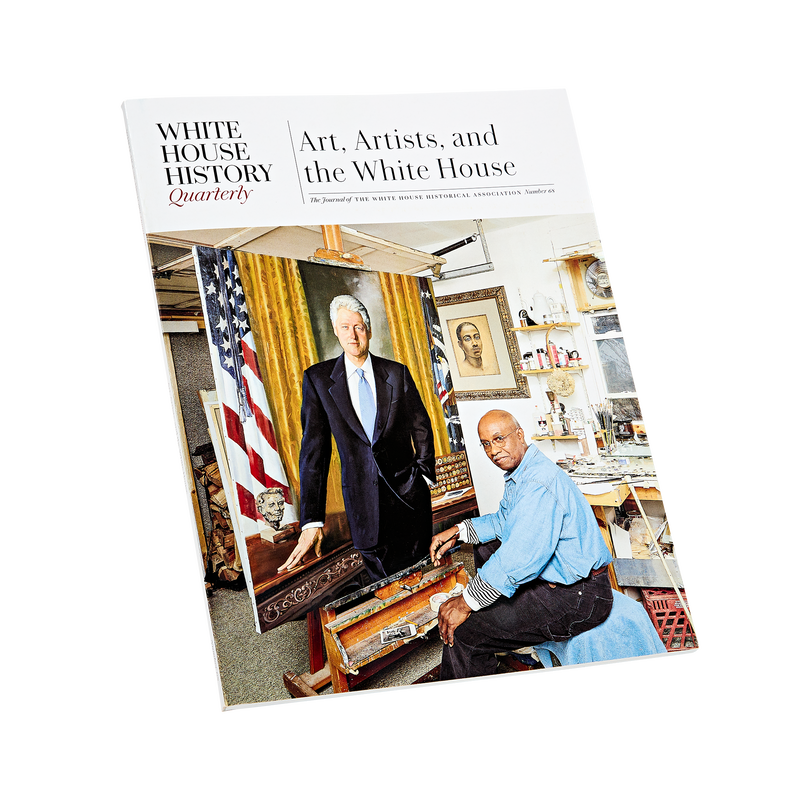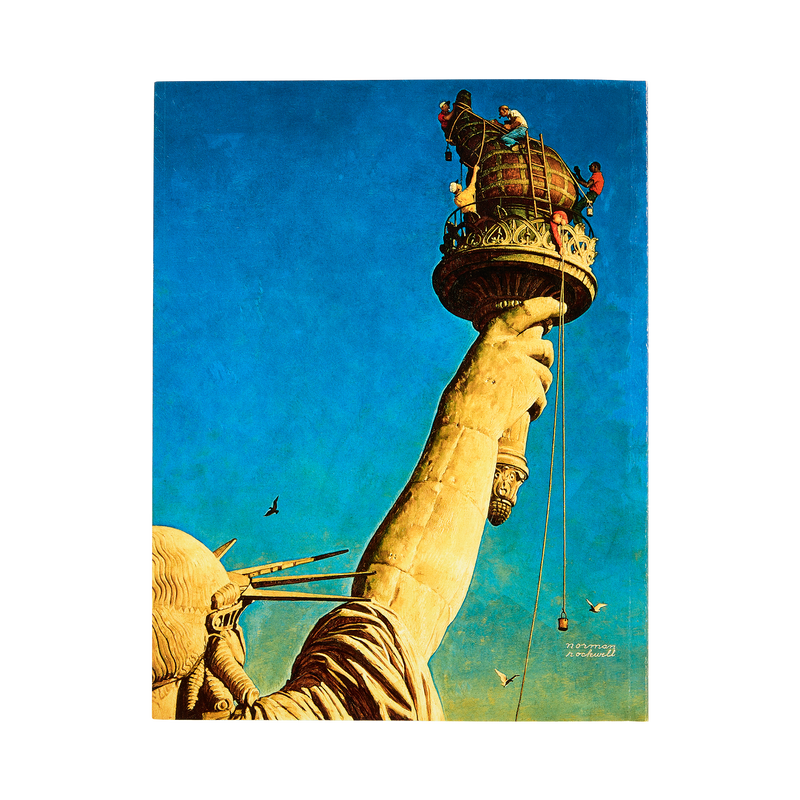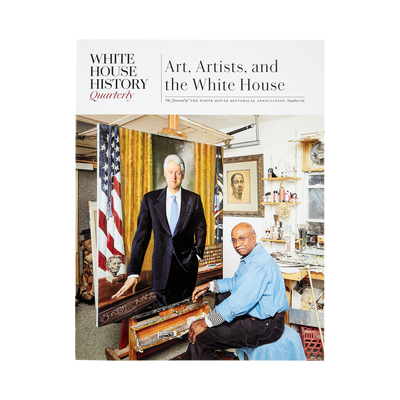






Additional Information
Representing evolving aesthetics and a progression of styles from classical portraiture to abstract color fields, the White House Collection of Fine Arts represents the body of work of a nation as well as the story of America’s artists. With this issue of White House History Quarterly, we look at the lives and work of the earliest and the latest artists in the collection, we meet one of the first artists of the President’s Neighborhood, we explore presidential relationships with the art and artists of their time, and we follow the journey of a controversial painting as it is shuttled in and out of the White House. The collection has not been without controversy, as Sarah E. Fling explains in her piece on Love and Life, a painting given to the American people by the well-meaning English artist George Frederic Watts. While some first ladies found it inappropriate for the White House, others appreciated its quality.
For our quarterly presidential sites feature, Ken Beckman takes us to Omaha, Nebraska, the birthplace of Gerald R. Ford. Although the grand home in which the future president spent the first few days of his life was lost to a fire, a specially designed park now commemorates the site.
· Every new White House acquisition captures the nation’s attention, especially when presidential portraits are unveiled. We open this issue with David M. Rubenstein’s recent conversation with Robert McCurdy and Sharon Sprung, which provides a special glimpse of the personal experiences of the artists commissioned to paint the new portraits of President and Mrs. Barack Obama.
· Looking back to the earliest White House portraitists, art historian Carol Soltis introduces us to “America’s First Family of Artists,” the Charles Willson Peale clan, who captured from life the likenesses of George Washington and Thomas Jefferson as well as the early White House architect Benjamin Henry Latrobe.
· Not all presidents have embraced the avant-garde, as Matthew Algeo explains in his account of the day President Harry Truman spent with Pablo Picasso. Although modern art gave Truman nightmares, he was convinced to pay a visit to Picasso in France, and, while he might not have changed his mind about the art he found in the artist’s studio, the encounter itself made history.
· Truman’s successor, Dwight D. Eisenhower, a painter himself, was delighted when the 1950s craze for painting-by-numbers resulted in a unique Christmas gift from his staff, as Troy Elkins, Jeffrey Nelson, and William Snyder reveal.
· Lauren McGwin demonstrates that some presidents did embrace the avant-garde as she chronicles Pop artist Andy Warhol’s friendships with the Fords, Carters, and Reagans. Creating campaign posters and presidential portraits, Warhol was a frequent White House guest for nearly a decade.
· Explaining that an ongoing goal in building the White House Collection is to ensure that the diversity of American artists is well represented, Nikki Pisha tells the story of the 2020 acquisition and installation of Isamu Noguchi’s Floor Frame, the first work by an Asian American in the collection.
· James H. Johnston presents the story of James Alexander Simpson, a prolific artist of the early President’s Neighborhood. Though few of his paintings survive today, Simpson’s extant works document the people and places of the nation’s capital that would have been known to the early nineteenth-century presidents.
· Stewart D. McLaurin, President of the White House Historical Association, closes the issue with a celebration of his top ten favorites in the collection.
White House History Quarterly is available by subscription or as single issues.
Please visit whitehousehistoryjournal.org to subscribe.
Click here to learn more about White House History Quarterly 68: Art, Artists, and the White House: https://www.whitehousehistory.org/videos/white-house-history-68-art-artists-and-the-white-house





